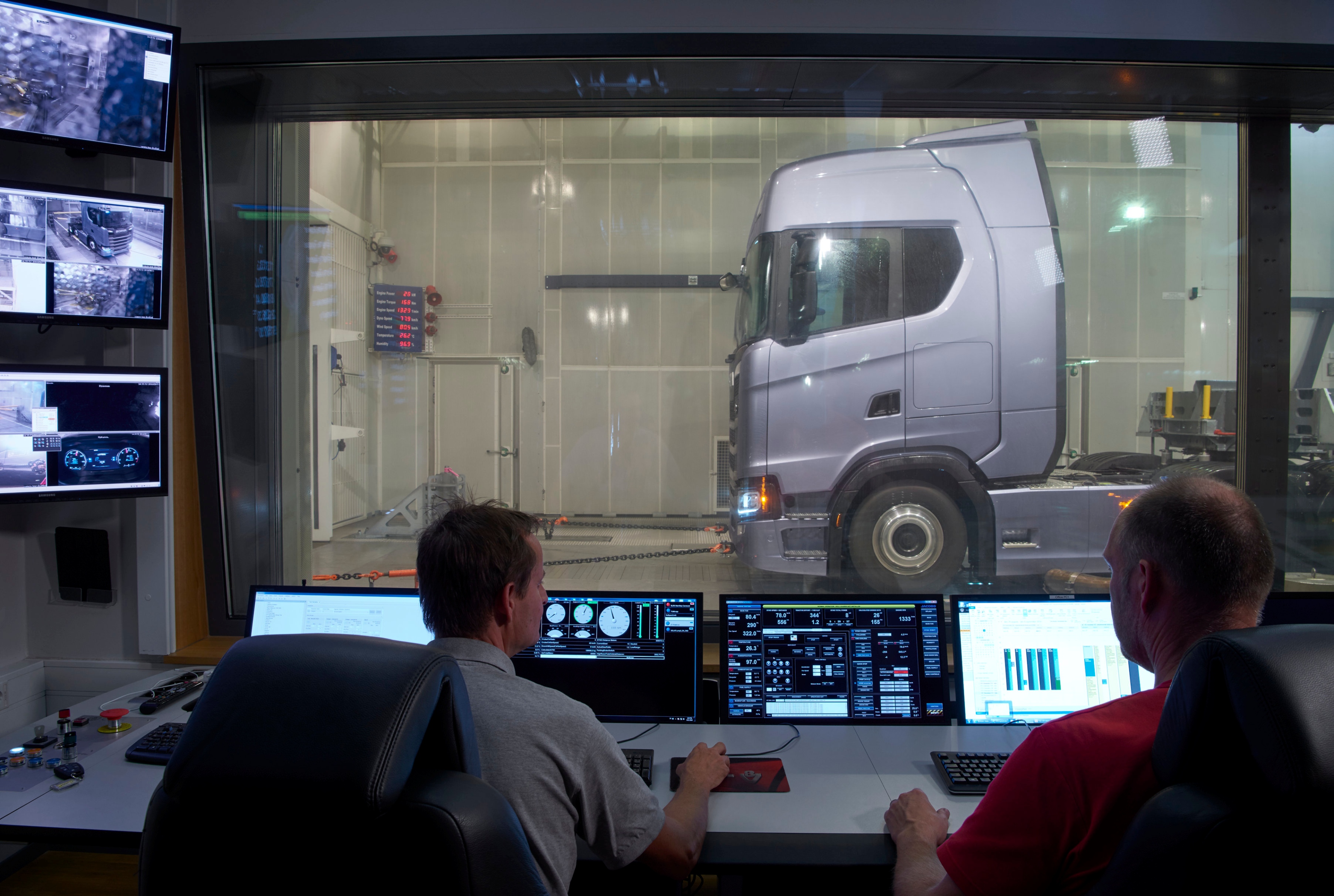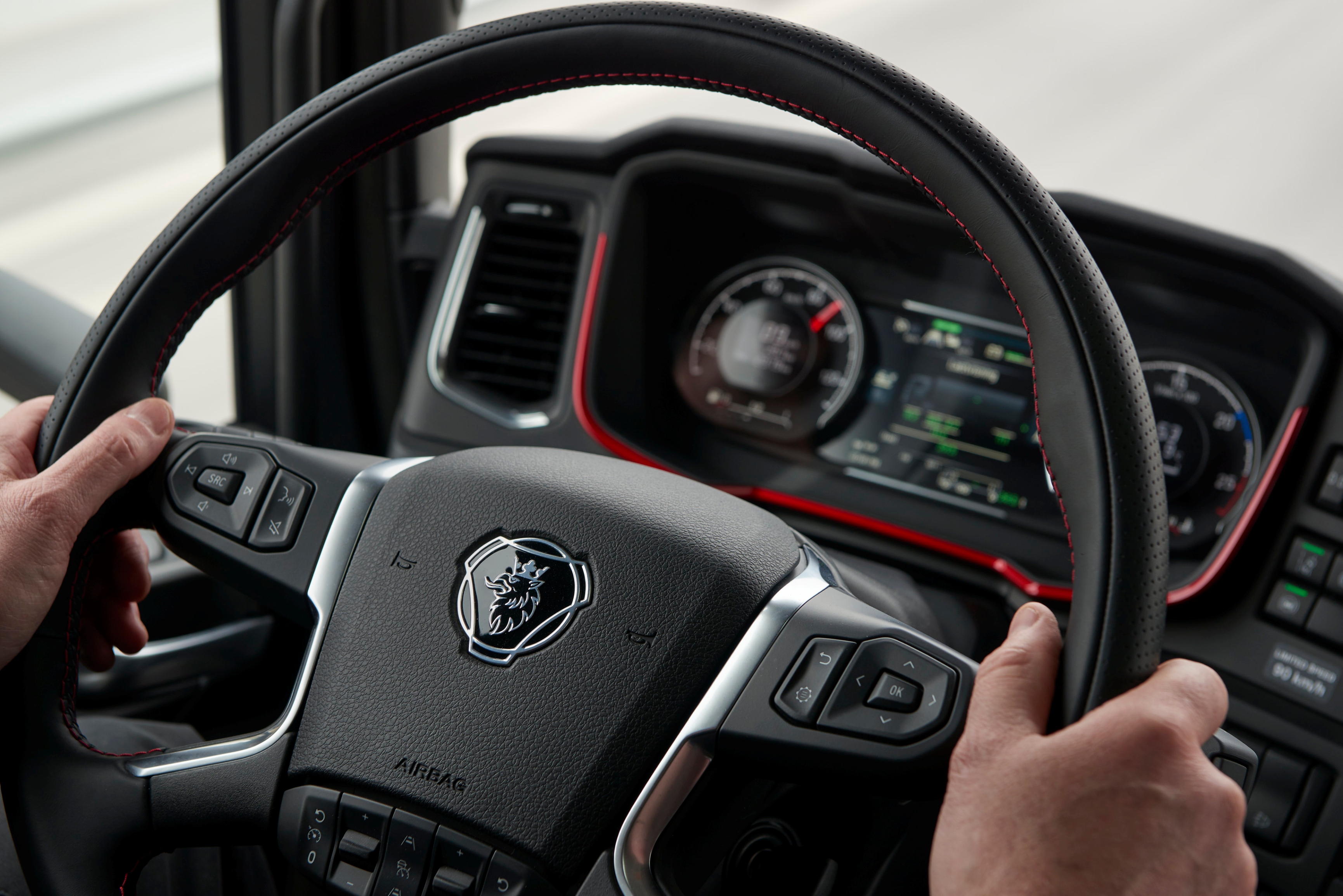Uptime for AV
Autonomous and driverless vehicles will soon be introduced to the market and there are several concepts and ideas of how they enable efficient and sustainable transport solutions. However, progress is still needed in the area of system reliability.



Background
To develop attractive transport services requires a high level of uptime (i.e. a system reliability) for both the service and the vehicles, to ensure customer satisfaction. Unpredictable stops or delays affect delivery times and can create danger for other road-users. Today, the driver is an important component in securing a high level of uptime; the driver is like a sensor who notices strange sounds and smells, and makes decisions about actions. The driver also communicates information and problems regarding the vehicle to the workshop, which facilitates troubleshooting. But what will happen when there is no driver to solve these situations? And how will the transport system be managed to secure a high level of uptime?
Current research and development targeting autonomous and driverless vehicles has focused on traffic navigation and steering and road-user interaction in nominal driving. Developing attractive and secure transport services will require research on what happens in significant situations when there is no driver in the vehicle.
To reach a high level of accessibility and safety, faults and discrepancies in the system need to be handled in an efficient and safe manner. For safety-critical faults, the vehicle needs to stop immediately. But many errors that occur are not critical and other actions may be possible. The performed action should be the one that maximises the possibility for the vehicle to achieve its mission in a safe manner and in the long-term maximise the use of the vehicle.
Research question
The research question is thus:
“How can maximal uptime for driverless systems and vehicles be facilitated?”
The question is divided into two sub-questions:
- What will the impact on uptime be when self-driving vehicles become driverless?
- How should a system for diagnosis and decision making be designed and implemented in order to ensure a high level of uptime and support traffic safety in driverless vehicles?
Aims
The project builds knowledge about how uptime in commercial driverless vehicles is affected by different factors and design decisions. The aim is to contribute to the development of sustainable and efficient transport services that target customer requirements. Attractive transport solutions need a high level of service and accessibility, e.g. delays are a common reason for why people prefer less sustainable transportation such as private cars. For freight transport, delays and unplanned stops are critical and customers demand reliability.
A high level of uptime enables a maximal use of the transport system, which is critical since access to vehicles and systems is central to creating efficient transport systems. This project aims to contribute in several perspectives:
- Vehicle manufactures will be able to develop vehicles and services that are efficient in several operation modes, even if faults occur.
- Since a high level of uptime is crucial to make these solutions attractive on the market, this project aims to develop efficient transport solutions with good quality and low costs.
- Self-driving vehicles are an important factor in future public transport. This project will contribute to increased punctuality and lower costs by increasing uptime.
Publications
- TIFF Final Report (pdf 6.1 MB)
- Design of diagnosis service system for self-driving vehicles - Learnings from the driver’s role today
Project Partner

For more information or questions regarding this project, please contact Lina Rylander .
Project funding
The project is funded by Vinnova.

